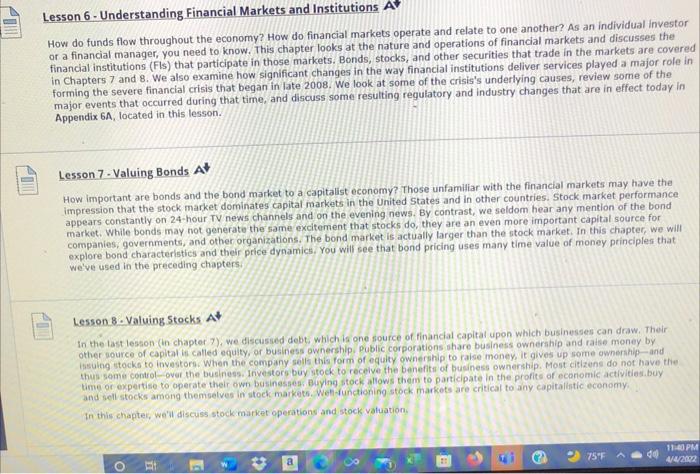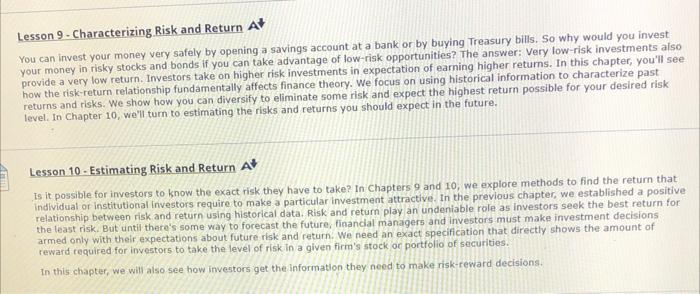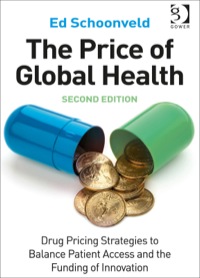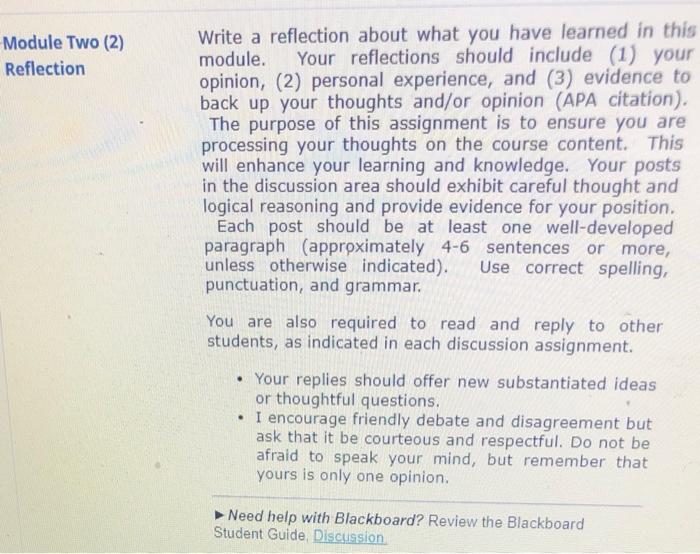
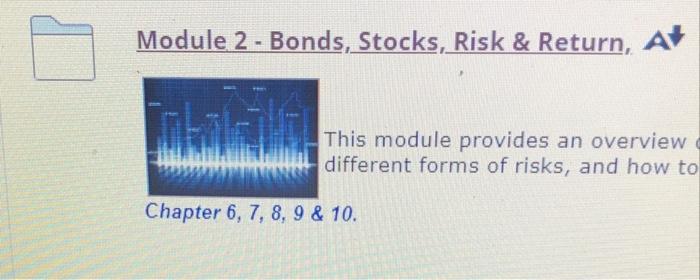
Module Two (2) Reflection Write a reflection about what you have learned in this module. Your reflections should include (1) your opinion, (2) personal experience, and (3) evidence to back up your thoughts and/or opinion (APA citation) The purpose of this assignment is to ensure you are processing your thoughts on the course content. This will enhance your learning and knowledge. Your posts in the discussion area should exhibit careful thought and logical reasoning and provide evidence for your position. Each post should be at least one well-developed paragraph (approximately 4-6 sentences or more, unless otherwise indicated). Use correct spelling, punctuation, and grammar. You are also required to read and reply to other students, as indicated in each discussion assignment. Your replies should offer new substantiated ideas or thoughtful questions. . I encourage friendly debate and disagreement but ask that it be courteous and respectful. Do not be afraid to speak your mind, but remember that yours is only one opinion. Need help with Blackboard? Review the Blackboard Student Guide Discussion Module 2 - Bonds, Stocks, Risk & Return, A This module provides an overview different forms of risks, and how to Chapter 6, 7, 8, 9 & 10 Lesson 6 - Understanding Financial Markets and Institutions At How do funds flow throughout the economy? How do financial markets operate and relate to one another? As an individual investor or a financial manager, you need to know. This chapter looks at the nature and operations of financial markets and discusses the financial institutions (Fis) that participate in those markets. Bonds, stocks, and other securities that trade in the markets are covered in Chapters 7 and 8. We also examine how significant changes in the way financial institutions deliver services played a major role in forming the severe financial crisis that began in late 2008. We look at some of the crisis's underlying causes, review some of the major events that occurred during that time, and discuss some resulting regulatory and industry changes that are in effect today in Appendix 6A, located in this lesson. Lesson 7 - Valuing Bonds At How important are bonds and the bond market to a capitalist economy? Those unfamiliar with the financial markets may have the impression that the stock market dominates capital markets in the United States and in other countries. Stock market performance appears constantly on 24-hour TV news channels and on the evening news. By contrast, we seldom hear any mention of the bond market. While bonds may not generate the same excitement that stocks do, they are an even more important capital source for companies, governments, and other organizations. The bond market is actually larger than the stock market. In this chapter, we will explore bond characteristics and their price dynamics. You will see that bond pricing uses many time value of money principles that we've used in the preceding chapters. Lesson 8. Valuing Stocks At In the last lesson (in chapter 7), we discussed debt, which is one source of financial capital upon which businesses can draw. Their other source of capital called equity, or business ownership. Public corporations share business ownership and raise money by suing stocks to investors. When the company sells this form of equity ownership to raise money, it gives up some ownership and thus some control over the business Investors buy stock to receive the benefits of business ownership. Most citizens do not have the time or expertise to operate their own businesses Buying stock allows them to participate in the profits of economic activities. buy and vell stocks among themselves in stock markets. We-unctioning stock markets are critical to any capitalistic economy In this chapter, we'll discuss stock market operations and stock valuation 75F dd 110 PM 4/4/2012 a o 8 Lesson 9. Characterizing Risk and Return At You can invest your money very safely by opening a savings account at a bank or by buying Treasury bills. So why would you invest your money in risky stocks and bonds if you can take advantage of low-risk opportunities? The answer: Very low-risk investments also provide a very low return. Investors take on higher risk investments in expectation of earning higher returns. In this chapter, you'll see how the risk-return relationship fundamentally affects finance theory. We focus on using historical information to characterize past returns and risks. We show how you can diversity to eliminate some risk and expect the highest return possible for your desired risk level. In Chapter 10, we'll turn to estimating the risks and returns you should expect in the future. Lesson 10 - Estimating Risk and Return At is it possible for investors to know the exact risk they have to take? In Chapters 9 and 10, we explore methods to find the return that Individual or institutional Investors require to make a particular investment attractive. In the previous chapter, we established a positive relationship between risk and return using historical data. Risk and return play an undeniable role as investors seek the best return for the least risk. But until there's some way to forecast the future, financial managers and investors must make investment decisions armed only with their expectations about future risk and return. We need an exact specification that directly shows the amount of reward required for investors to take the level of risk in a given firm's stock of portfolio of securities. In this chapter, we will also see how investors get the information they need to make risk-reward decisions. Module Two (2) Reflection Write a reflection about what you have learned in this module. Your reflections should include (1) your opinion, (2) personal experience, and (3) evidence to back up your thoughts and/or opinion (APA citation) The purpose of this assignment is to ensure you are processing your thoughts on the course content. This will enhance your learning and knowledge. Your posts in the discussion area should exhibit careful thought and logical reasoning and provide evidence for your position. Each post should be at least one well-developed paragraph (approximately 4-6 sentences or more, unless otherwise indicated). Use correct spelling, punctuation, and grammar. You are also required to read and reply to other students, as indicated in each discussion assignment. Your replies should offer new substantiated ideas or thoughtful questions. . I encourage friendly debate and disagreement but ask that it be courteous and respectful. Do not be afraid to speak your mind, but remember that yours is only one opinion. Need help with Blackboard? Review the Blackboard Student Guide Discussion Module 2 - Bonds, Stocks, Risk & Return, A This module provides an overview different forms of risks, and how to Chapter 6, 7, 8, 9 & 10 Lesson 6 - Understanding Financial Markets and Institutions At How do funds flow throughout the economy? How do financial markets operate and relate to one another? As an individual investor or a financial manager, you need to know. This chapter looks at the nature and operations of financial markets and discusses the financial institutions (Fis) that participate in those markets. Bonds, stocks, and other securities that trade in the markets are covered in Chapters 7 and 8. We also examine how significant changes in the way financial institutions deliver services played a major role in forming the severe financial crisis that began in late 2008. We look at some of the crisis's underlying causes, review some of the major events that occurred during that time, and discuss some resulting regulatory and industry changes that are in effect today in Appendix 6A, located in this lesson. Lesson 7 - Valuing Bonds At How important are bonds and the bond market to a capitalist economy? Those unfamiliar with the financial markets may have the impression that the stock market dominates capital markets in the United States and in other countries. Stock market performance appears constantly on 24-hour TV news channels and on the evening news. By contrast, we seldom hear any mention of the bond market. While bonds may not generate the same excitement that stocks do, they are an even more important capital source for companies, governments, and other organizations. The bond market is actually larger than the stock market. In this chapter, we will explore bond characteristics and their price dynamics. You will see that bond pricing uses many time value of money principles that we've used in the preceding chapters. Lesson 8. Valuing Stocks At In the last lesson (in chapter 7), we discussed debt, which is one source of financial capital upon which businesses can draw. Their other source of capital called equity, or business ownership. Public corporations share business ownership and raise money by suing stocks to investors. When the company sells this form of equity ownership to raise money, it gives up some ownership and thus some control over the business Investors buy stock to receive the benefits of business ownership. Most citizens do not have the time or expertise to operate their own businesses Buying stock allows them to participate in the profits of economic activities. buy and vell stocks among themselves in stock markets. We-unctioning stock markets are critical to any capitalistic economy In this chapter, we'll discuss stock market operations and stock valuation 75F dd 110 PM 4/4/2012 a o 8 Lesson 9. Characterizing Risk and Return At You can invest your money very safely by opening a savings account at a bank or by buying Treasury bills. So why would you invest your money in risky stocks and bonds if you can take advantage of low-risk opportunities? The answer: Very low-risk investments also provide a very low return. Investors take on higher risk investments in expectation of earning higher returns. In this chapter, you'll see how the risk-return relationship fundamentally affects finance theory. We focus on using historical information to characterize past returns and risks. We show how you can diversity to eliminate some risk and expect the highest return possible for your desired risk level. In Chapter 10, we'll turn to estimating the risks and returns you should expect in the future. Lesson 10 - Estimating Risk and Return At is it possible for investors to know the exact risk they have to take? In Chapters 9 and 10, we explore methods to find the return that Individual or institutional Investors require to make a particular investment attractive. In the previous chapter, we established a positive relationship between risk and return using historical data. Risk and return play an undeniable role as investors seek the best return for the least risk. But until there's some way to forecast the future, financial managers and investors must make investment decisions armed only with their expectations about future risk and return. We need an exact specification that directly shows the amount of reward required for investors to take the level of risk in a given firm's stock of portfolio of securities. In this chapter, we will also see how investors get the information they need to make risk-reward decisions


